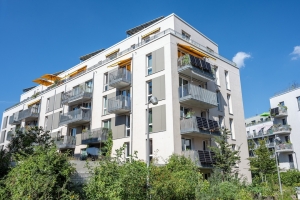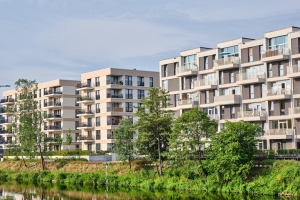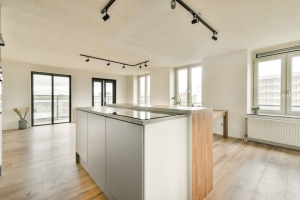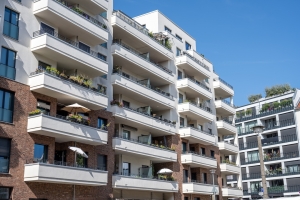Eight KPIs Every Multifamily Manager Should Track To Increase Occupancy

If you want to keep your occupancy rates high and rent roll steady, you need the right key performance indicators (KPIs). KPIs show you what's working, what's not, and where you can improve. When occupancy drops or slows down, KPIs help you pinpoint the problem quickly so you can take action before it affects your bottom line. Here are the eight KPIs we recommend tracking:
1. Occupancy Rate (%)
(Occupied Residences Total Rentable Residences) — 100
Your occupancy rate shows the percentage of rentals currently leased and is your key performance metric. A rate below 95% signals it's time to review pricing, marketing, or tenant satisfaction. Use it to track performance and spot trends early.
2. Lease Renewal Rate (%)
(Lease Renewals Total Expiring Leases) — 100
Your lease renewal rate shows how many renters renew instead of moving out. High rates mean less turnover and fewer vacancies. If low, improve communication or maintenance. Use this to boost retention and cut leasing costs.
3. Average Days On Market
Total Days Vacant for Leased Residences Total Residences Leased
Your average days on market is how long it takes you to lease a vacant residence. A high average might mean your pricing is off, or your listings aren't attracting interest. Use this KPI to test new photos, adjust your rent, or streamline your application process.
4. Lead-to-Lease Conversion Rate (%)
(Number of Leases Number of Qualified Leads) — 100
Your lead-to-lease conversion rate shows how many inquiries turn into leases. Low conversion means issues with listings or leasing. Use this to improve your process and close more deals.
5. Turnover Rate (%)
(Number of Move-Outs Total Residences) — 100
Your turnover rate shows how many residences change tenants yearly. High turnover raises costs and vacancies. Use exit surveys to understand why renters leave. Lowering turnover stabilizes occupancy and boosts your bottom line.
6. Pre-Leased Residences (%)
(Pre-Leased Residences Total Upcoming Vacancies) — 100
Pre-leased residences are those rented before the current renter moves out. High pre-leasing minimizes vacancy loss and shows effective marketing. If low, advertise earlier and speed up showings.
7. Marketing Cost per Lease
Total Marketing Spend Number of New Leases
Marketing cost per lease shows how much you spend to secure one signed lease. High costs with low traffic mean your channels may be off. Use this to cut waste and focus on what attracts qualified renters.
8. Residence-Specific Occupancy Trends
Track average vacancy days by residence type and compare across your portfolio.
Residence-specific occupancy trends show which floorplans sit vacant longer. Use this data to adjust pricing, offer incentives, or improve those spaces to stay ahead of demand and keep more apartments leased.
Need more tips on using metrics to fill your vacancies? Occupancy Solutions can help. Contact us now to learn more.













